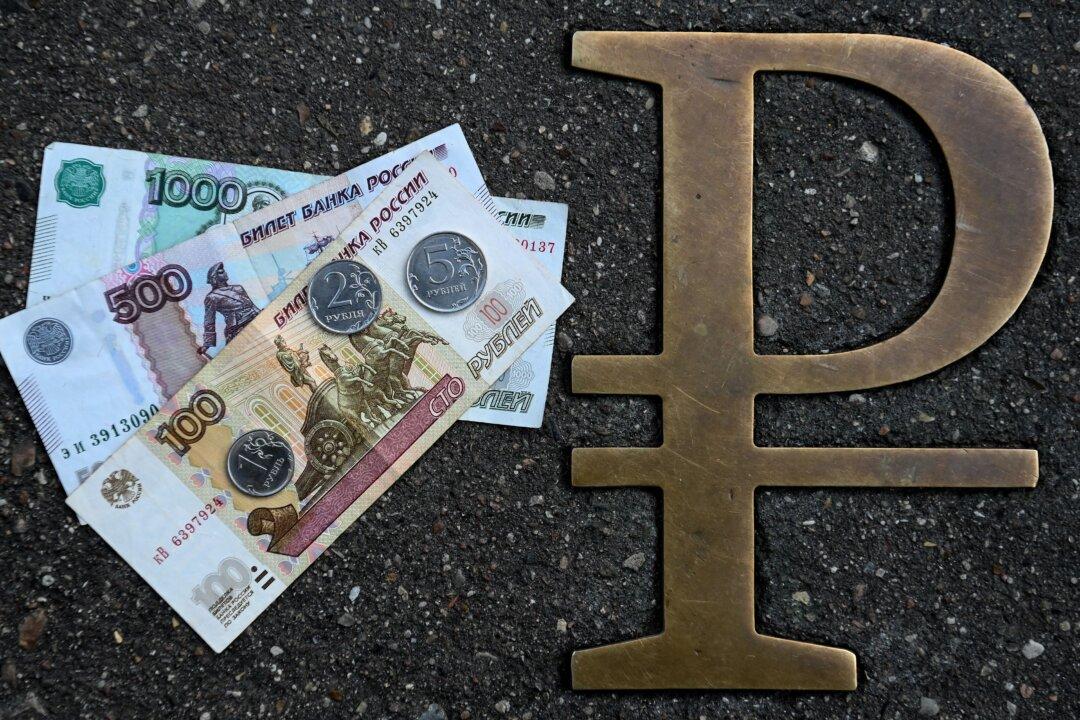Russia is inching closer to a technical default on its international debt after foreign banks declined to process payments of more than $600 million this week.
The United States prevented Moscow from completing dollar-denominated debt payments to bondholders from reserves parked at U.S. banks, noting that the Kremlin had to choose between exhausting its dollar reserves, generating more revenues, or slipping into default.





